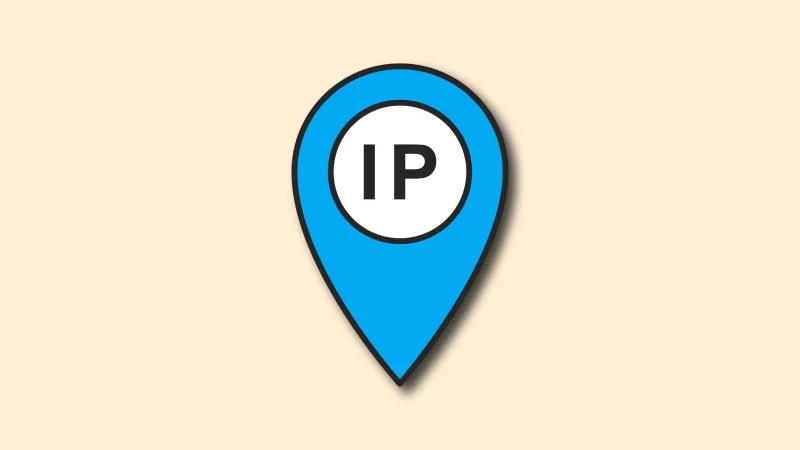With the continuous development of computers and networks, the scale and number of networks have also increased. Slowly, the frequency of the name of IP address has gradually begun to no longer be limited to network professionals and students, and has gradually entered the field of vision of the general public. So this article will talk about what is public IP, intranet IP, dynamic IP, and static IP.
This article mainly describes the differences and characteristics of public IP, intranet IP, dynamic IP, and static IP. This is also the place where I have been a little confused in the early stage. You can just read some cold knowledge. If there is anything wrong, I hope the big guys can point it out in time.

Public IP:
Public IP is the IP on the public network. The public network is what we call the wide area network, or the Internet. Wide area network and local area network are two ways to access the Internet. Computers on the wide area network and other computers on the Internet can access each other at will. To put it bluntly, the public network is a network outside the router or switch.
Features of public IP: It can directly connect to the network, which is more convenient than the intranet, but also more vulnerable to attack
Intranet IP:
Intranet IP is the IP on the intranet. It is a local area network created under a switch or router. Computers in the intranet can send connection requests to other computers on the Internet, but other computers on the Internet cannot send connection requests to computers in the intranet. To put it bluntly, the intranet is a network in a router or switch environment. Commonly used in: Internet cafes, companies, and school computer rooms.
Features of intranet IP: It is safer than public network IP and can save IP resources, but it needs to be converted and has restrictions
Dynamic IP: It is an IP that can change at any time. It is an IP assigned by the operator through random allocation when you need to go online. It is not fixed.
Features of dynamic IP: It can save IP resources and it is difficult for others to find the user's address, but it is not applicable in some scenarios (such as building a website)
Static IP: It is a fixed IP address directly assigned by the operator, and the IP will not change.
Features of static IP: It is easy to manage and does not require frequent identity authentication, but it will occupy IP resources and can only be used by one device, otherwise it will cause device network conflicts.
Related Recommendations
- Analysis of common reasons that lead to frequent proxy IP drops
- HTTP tunnel proxy, do you really understand it?
- Using static residential IP and fingerprint browsers: Creating a new strategy for matrix account operations
- Which websites can crawler proxy IP crawl
- Will the high-hidden proxy IP record the user's browsing history?
- How does Facebook conduct matrix marketing?
- E-commerce price monitoring: dynamic residential IP enables 24-hour uninterrupted data capture
- Observe market dynamics using U.S. dynamic residential IP
- The important role of proxy IP in data collection and analysis
- Should I choose dynamic or static agents when collecting data?

